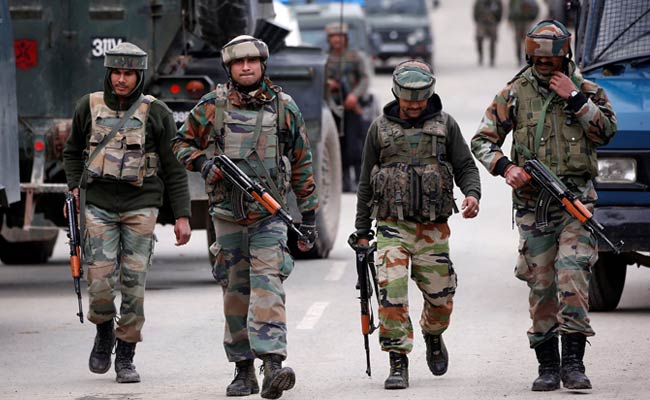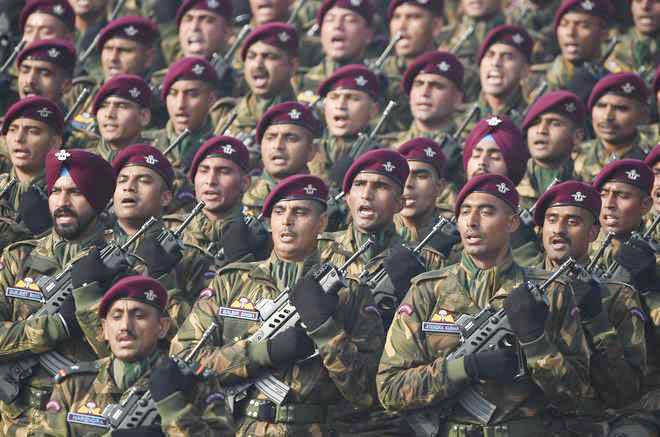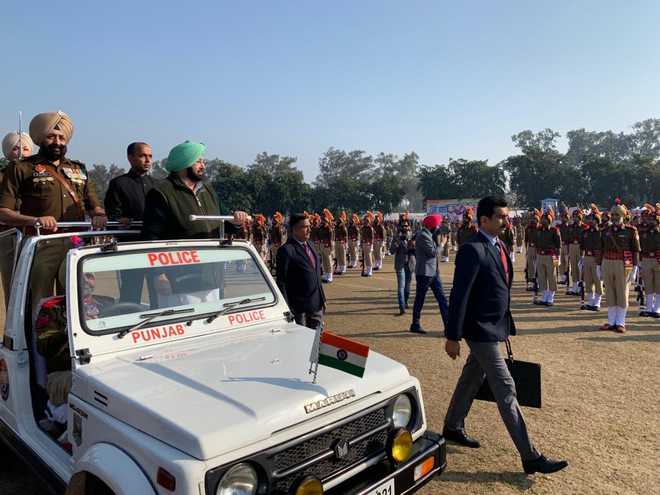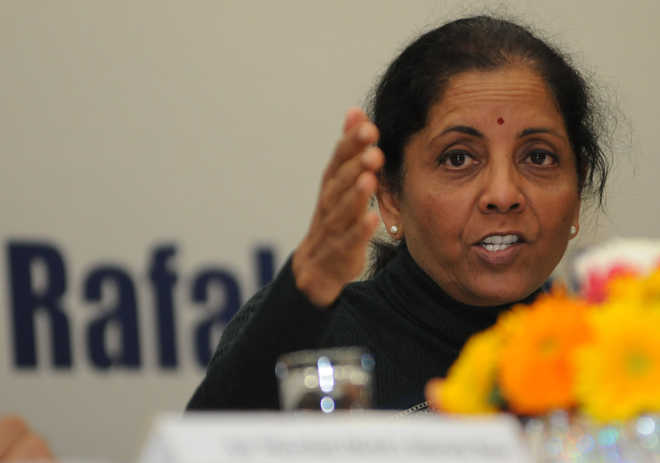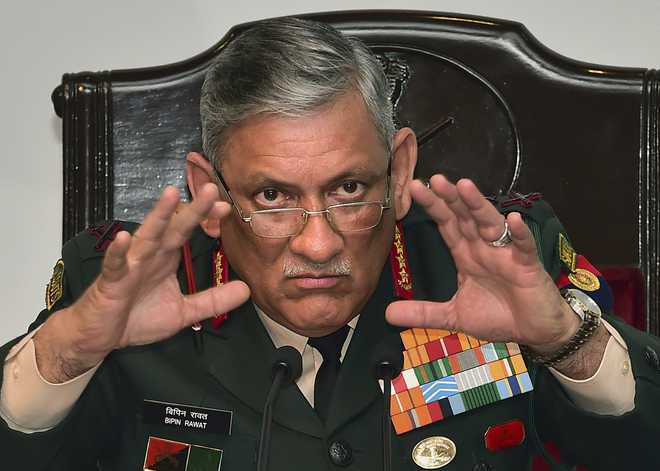Sniping is not a new phenomenon along Line of Control (LoC) and Indian Army’s improvisations have made up for lack of equipment.
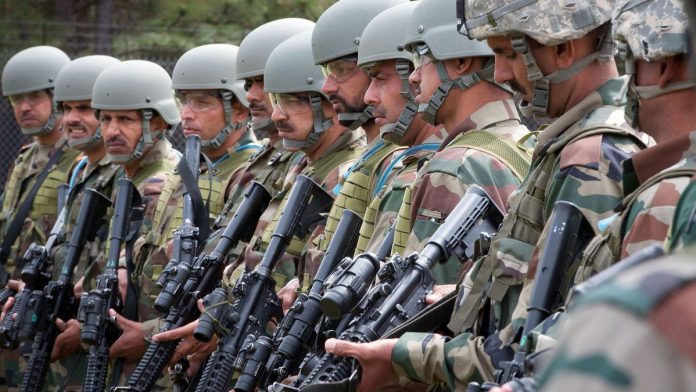
The media has repeatedly said over the last few months that sniping is a new modus operandi at the Line of Control between India and Pakistan and the Army is losing this new war due to ageing equipment.
Out dated equipment is a concern, and therefore the Indian Army has just bought new deadly sniper rifles for the Northern Command – .50 Calibre M95 by Barrett and the .338 Lapua Magnum Scorpio TGT by Beretta – to replace the Russian Dragunov.
But contrary to media’s claims, sniping is not a new phenomenon, and is in fact a tried-and-tested way of achieving moral ascendancy along the Line of Control (LoC) and the Indian Army hasn’t fared poorly. Improvisation has largely made up for lack of adequate equipment.
Also read: Deadly new sniper rifles are here for Northern Command soldiers along LoC
A force-multiplier
The Soviet-era Dragunov sniper rifle has been the mainstay of the Indian Army in conventional operations along the LoC as well in counter-terror missions. However, the 800-metre effective range offered by the Dragunov is now insufficient for modern-day warfare.
Yet, the Indian Army through improvisation, correct training and selection has created an environment wherein sniping has become a force multiplier. The adversary too hasn’t been static on this front.
I recall on the first day of my command at Siachen in 1995, we lost an outstanding young officer, keeping vigil on his post from behind a four-feet wall, to a single shot fired by the enemy. Investigation showed that the shot was fired by a medium machine gun (MMG) from a range of 4,200 metres. It is definitely not a range from which an MMG is fired, but improvisation made it possible.
Sources within the Indian Army say that there is no despair over inadequate sniping equipment because improvisation has made up for it, with even anti-material rifles being used for sniping now. However, improvisation alone cannot ever be a permanent solution to fighting the adversary; soldiers won’t say it but they know it.
The purchase of new sniper rifles, with enhanced range of 1500-1800 metres, was much-needed, but their arrival doesn’t guarantee overnight success. Some degree of improvisation and innovation will again be the key to ensuring optimum utilisation.
Also read: The new danger in Kashmir: Cold, calculating snipers who are wary of close contact
How to maximise effectiveness
The effectiveness of a weapon can be maximised when the user is confident about it, its technical characteristics including faults have been well-understood, and the required talent pool has been created for it among the fighting units.
All this can happen fast, given the Indian Army’s penchant to pursue an aim with utmost focus. But it also needs to add institutional weight behind the effort, through reintroduction of the sniper training course and sniper competitions, which stopped several years ago. Those who acquire requisite skills after rigorous training must be suitably rewarded.
Introducing the Sniper Badge is the first such step and only those meeting the stringent standards must earn the right to display it. Shooting ranges of 1,800 metres and beyond are not available along the LoC. There is little scope for the troops deployed to train with the equipment unless select batches are sent for training at the ranges in desert areas or central India. The best training ground, of course, is the LoC itself and there is no doubt that a simultaneous on-the-job training, while fighting the adversary, can continue there.
But we need more than just a gung-ho approach to streamline the creation of a talent pool that once existed in the Infantry units.
Sniping war will continue
It is important to know why sniping is a difficult operation at the LoC and yet easy enough to grab opportunities when they present themselves. Recently, a one-star rank officer of the Pakistan Army was seriously injured in an exchange of fire in the Lipa sector. It led to the Pakistanis targeting two JCOs on our side in the Kupwara sector. Both operations, the Pakistani and ours, involved the use of snipers. Many more exchanges have been reported over the last year. The LoC posts are virtual citadels with a labyrinth of deep communication trenches to afford movement within the post without enemy observation, but there are a number of other places where any movement is under observation.
Terrain domination in some areas give either side the advantage of observation, and vegetation is not available everywhere for cover. A quid pro quo situation exists at most places along the LoC where there are mutual vulnerabilities that prevent risk taking by either side. He who has the ability and confidence to prevent exposure of potential targets becomes the psychological winner, a major contribution to moral ascendancy at the LoC. It forces a lot of movement by night.
Also read: The enemy at the gates has a new weapon and Indian Army needs to wake up
At the LoC, the Indian Army will always be forced to offer more targets than the adversary not only because of the higher quantum of deployment, but also due to the nature of it. Deployment in small detachments in tactically unsound positions along the LoC to prevent infiltration is common; tactically unsound may seem strange to older soldiers, but the fact remains that in counter infiltration the aim is to prevent terrorists getting across and not the defence of some real estate. This increases vulnerability especially when the LoC fence is under reconstruction or maintenance.
The idiom ‘two can play this game’ is applicable all along the LoC. While ceasefire will remain on paper, violations will take place. Sniping exchange, however, is largely unreported and therefore remains outside the purview of public gaze.
The sniping war, therefore, will continue even as other means of moral domination emerge. The arrival of new sniper weapons, combined with improvisation and a return to the old-world sniper training culture, will definitely help in turning the tables on the adversary to a greater extent.
The author, a former GOC of Srinagar-based 15 Corps, is associated with the Vivekanand International Foundation and the Institute of Peace and Conflict Studies. He is the Chancellor of Central University of Kashmir.
Get the PrintEssential to make sense of the day’s key developments.





















































